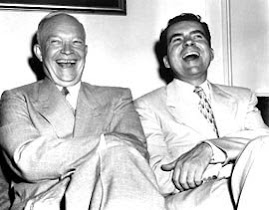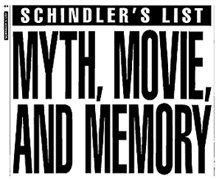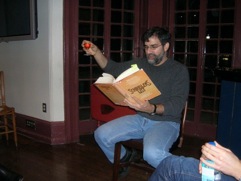 Students in a writing seminar taught in the spring of 2008 by poet Julia Bloch were assigned to listen to recordings of several poems by Amiri Baraka archived in PennSound. One, “In Walked Bud”, was not available to the students in print. Halfway through the discussion, a student, Michael, offered a reading of the poem that successfully associated Baraka’s jazz-metrical scatting with the narrative of the speaker’s physical movement (I caught his response verbatim):
Students in a writing seminar taught in the spring of 2008 by poet Julia Bloch were assigned to listen to recordings of several poems by Amiri Baraka archived in PennSound. One, “In Walked Bud”, was not available to the students in print. Halfway through the discussion, a student, Michael, offered a reading of the poem that successfully associated Baraka’s jazz-metrical scatting with the narrative of the speaker’s physical movement (I caught his response verbatim):"So I try to listen and see if the sound tells me the story. Why is this guy saying DO DO DEE [he imitates the scat]? And then I realize that it’s the way he’s walking into the scene that summer night. He’s an African in the West with European harmonies. And then he says, 'In walked us.' Later the DO DO DEE comes back but it’s changed by then. I heard it as a story and then [in a writing assignment] did a close reading based on the sound of the [scatting]. I never bothered to image how it would look as language on a page."
From there the discussion among the students was all about the form of the poem, very little directly about its social content. Bloch had not pointed out the lit-class anomaly: students assigned to write about a poem they had not seen as writing. She patiently waited for a student to do so. “We haven’t even seen this written down,” Amy had exclaimed (and her remark precipitated Michael's capable reading); then she threw up her arms and asked, “How do we read this poem?”
What more fundamental question could there be? The noise of Baraka instigated it. To those who worry, as the conservative Georges Duhamel once did in an anti-modernist tirade against the radio, that “people who really need education are beginning to prefer noise to books,” such student response is a powerful rejoinder.
The book has long been a medium for arriving at the teacher’s goal, which is to teach young people to understand form as an extension of content; “noise,” as either separate from the book or parallel to it, can similarly be the medium.


































